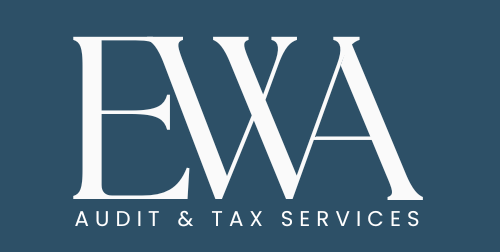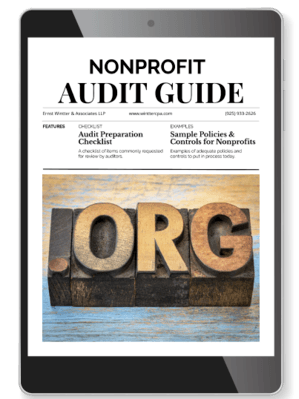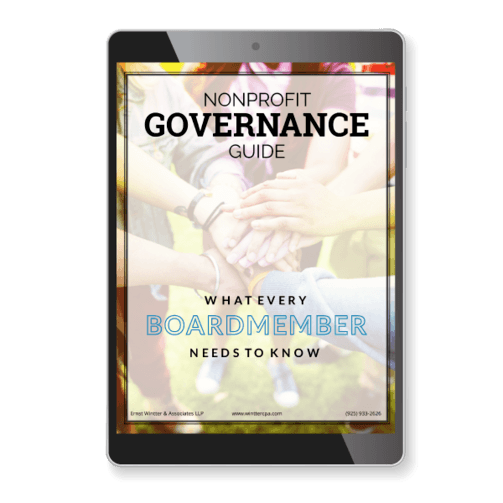If your organization is like most nonprofits, you don’t have a large surplus of cash. Doing accounting tasks yourself might seem like a great way to save money, but this strategy can backfire and easily lead to costly mistakes.
When you take the time to understand and avoid some of the main accounting pitfalls nonprofits face, you can protect your organization’s finances and move closer to your financial goals.
1. Not Catching Data Entry Errors
Data entry can be tedious and time-consuming, and making errors is all too easy. Unfortunately, when it comes to accounting, even small typos can wreak havoc. For instance, if you receive a $500 donation but an employee mistakenly enters it into your system as a $5,000 donation, you may think you have a far greater operational reserve than you actually do.
There’s no way to completely guarantee you and your employees won’t make errors, but you can put procedures in place to catch them. Teach employees to double-check every piece of data they enter.
It’s also wise to reconcile your financial statements with your bank statements each month and address discrepancies as soon as possible. Whatever you do, don’t ignore them — what looks like a tiny discrepancy now will likely only grow with time.
2. Not Establishing Clear, Detailed Rules
When you’re part of a small nonprofit organization, it might seem like there’s no need to create and follow formal procedures. This is a common misconception, and it’s led to significant financial consequences for many nonprofits.
Instead of adopting a carefree attitude toward rules, it’s a good idea to develop highly detailed procedures for money management. Make sure your procedures address every aspect of managing money. Once you’ve developed procedures, document them. That way, employees will have a clear, stepwise guide to handling finances.
3. Operating Without a Budget
For your organization to be financially healthy, you need to have a clear idea of where your money comes from and where it’s going. This process can seem overwhelming, but your budget doesn’t have to be highly detailed to be effective. The following steps can get you off to a strong start:
- Examine your bills and deposits from recent months
- Write down your average monthly income and expenditures
- Break down your spending into categories
The key is to avoid making financial decisions without having a complete picture of your finances. When you create a budget (even a simple one), you’ll be better equipped to make sound, informed choices.
4. Not Being Organized
Staying financially organized can save you from tremendous stress when it comes time to complete your IRS Form 990 or create financial statements. It also reduces your risk of making mistakes.
Take the time to create a filing system (either digitally, using hard copies, or both) and regularly update it. If your employees also handle finances, make sure they understand how to access existing documents and file new ones.
Don’t Discount the Importance of Good Accounting
Some accounting mistakes are small and easily fixable. Others may be disastrous. If at all possible, your nonprofit should strive to avoid both.
One of the best ways to protect your nonprofit’s financial wellness and avoid mistakes is to work with an accounting firm. Whether you want to set up a consultation for advice, schedule an audit, or outsource your accounting to someone with experience, EWA is here to help. Get in touch today to book your consultation.
Laura See, CPA








